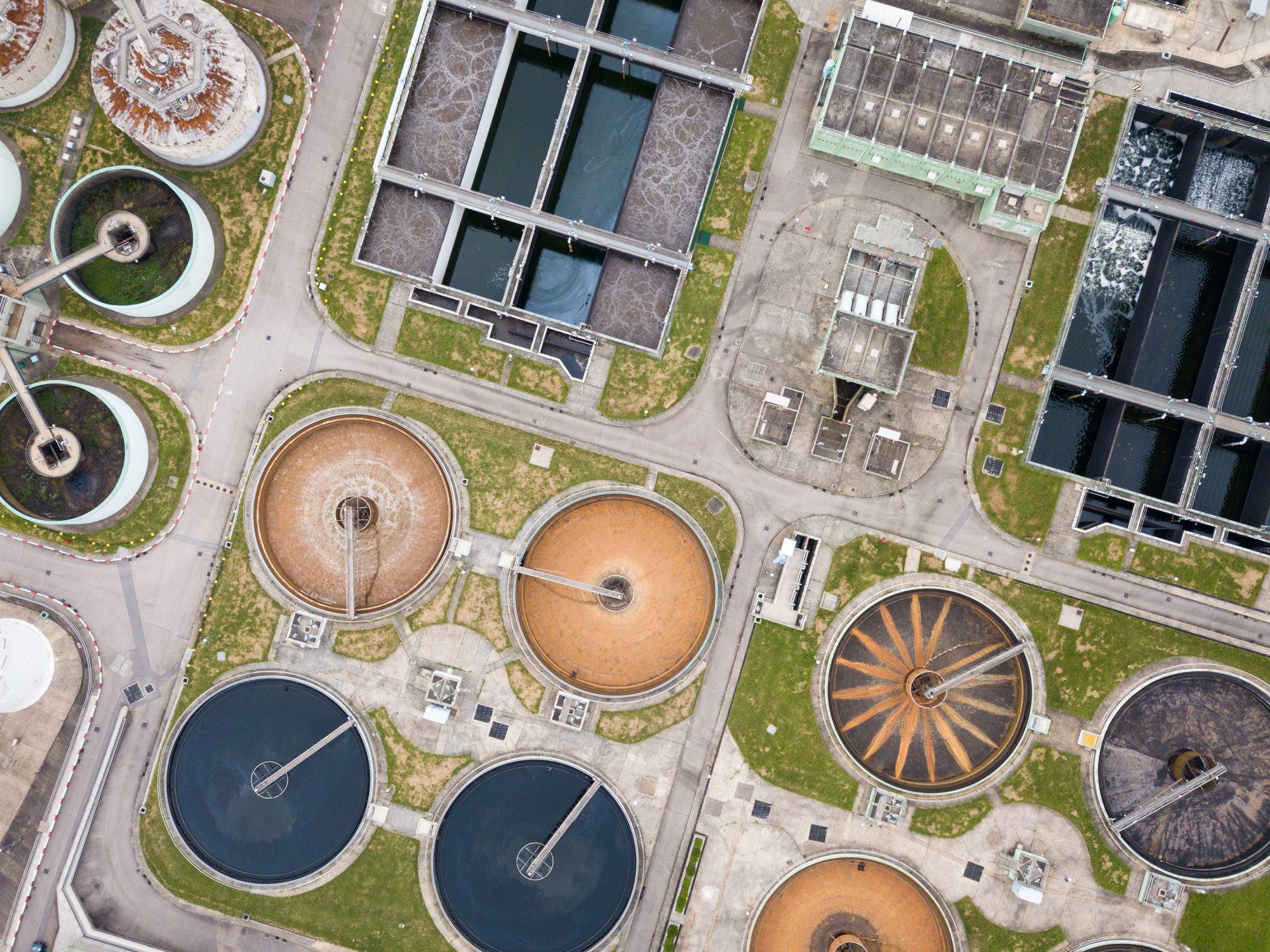As urban populations grow, the demand for reliable water infrastructure also rises. Urban water systems, which include drinking water, wastewater, and reclaimed water distribution pipes, play a critical role in maintaining the health and function of cities. However, one persistent issue that threatens these systems is corrosion. Corrosion in urban pipelines leads to expensive system failures and deteriorates drinking water quality, posing serious health risks. Advanced solutions like DragX surface treatment can help mitigate these corrosion issues and extend the lifespan of urban water pipelines.
The Problem of Corrosion in Urban Water Systems
Corrosion in urban water systems occurs due to the constant exposure of metal pipes to water and dissolved ions. Metallic pipes made of cast iron, galvanized steel, or ductile iron are particularly prone to corrosion. Over time, this process can compromise the integrity of pipes, leading to leaks, system failures, and substantial economic losses. In China, corrosion in water distribution systems cost an estimated 10 billion RMB in 2014 alone, and the figure continues to rise with ongoing urbanization. In the U.S., public drinking water systems face an annual cost of $22 billion due to corrosion.
Not only does corrosion cause financial strain, but it also negatively impacts water quality. Corroded pipes can leach harmful metals such as lead and copper into drinking water while promoting microbial growth, further deteriorating water quality. Additionally, biofilm formation inside pipes encourages microbial-induced corrosion, which accelerates the degradation of pipelines.
Types of Corrosion in Urban Pipelines
- Drinking Water Distribution Systems (DWDS): Water quality parameters, such as dissolved oxygen, pH levels, and chlorine residuals, heavily influence corrosion in these systems. These factors lead to the formation of corrosion scales, which leach contaminants like heavy metals into the water. Biofilms formed on pipe surfaces also contribute to corrosion and reduce the effectiveness of water disinfectants.
- Sewer Systems: Concrete pipes are commonly used in sewer systems. Corrosion here is caused by sulfate-reducing bacteria (SRB), which produce hydrogen sulfide. This compound is oxidized into sulfuric acid, corroding the concrete. Chlorides in sewage can also accelerate corrosion by breaking down the protective layers in concrete pipes.
How DragX Surface Treatment Can Mitigate Corrosion
DragX, an advanced surface treatment, provides a solution to the widespread issue of corrosion in urban water systems. By applying DragX to the interior surfaces of metal pipes, the treatment acts as a protective barrier against corrosive agents such as water, dissolved ions, and microbes. Here’s how DragX can benefit urban water infrastructure:
- Corrosion Resistance: DragX offers superior resistance to corrosion by forming a hydrophobic layer that repels water and inhibits the interaction between waterborne ions and metal surfaces. This helps in reducing the risk of both chemical and microbial-induced corrosion.
- Improved Water Quality: By preventing the leaching of heavy metals like lead and copper from corroded pipes, DragX helps maintain better water quality in drinking water distribution systems. The treatment also reduces biofilm formation, further improving water purity.
- Enhanced Durability: DragX extends the lifespan of pipelines by protecting them from corrosion-related damage. This minimizes the need for frequent repairs or replacements, reducing both maintenance costs and downtime.
- Environmental Safety: Unlike traditional coatings, DragX does not contain harmful chemicals or heavy metals. Its environmentally friendly formula ensures no negative impacts on the water supply or surrounding ecosystems.
A Cost-Effective Solution
Investing in DragX for urban water systems can lead to long-term savings. DragX minimizes the need for costly maintenance, repairs, and system replacements by reducing corrosion. This advanced surface treatment also prevents major environmental hazards caused by corroded pipelines, ensuring cleaner, safer water for urban populations.
Corrosion in urban water systems presents a significant challenge, leading to economic losses and public health risks. However, with the application of advanced surface treatments like DragX, municipalities can protect their water infrastructure, enhance water quality, and reduce maintenance costs. As cities continue to grow, solutions like DragX will play a crucial role in ensuring the sustainability and reliability of urban water systems.
Investing in DragX means investing in the future of urban water infrastructure, helping to combat corrosion while ensuring safe and efficient water delivery. Learn more about DragX and its benefits through our experts.

